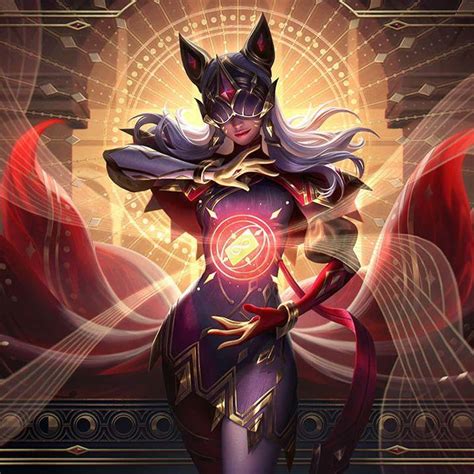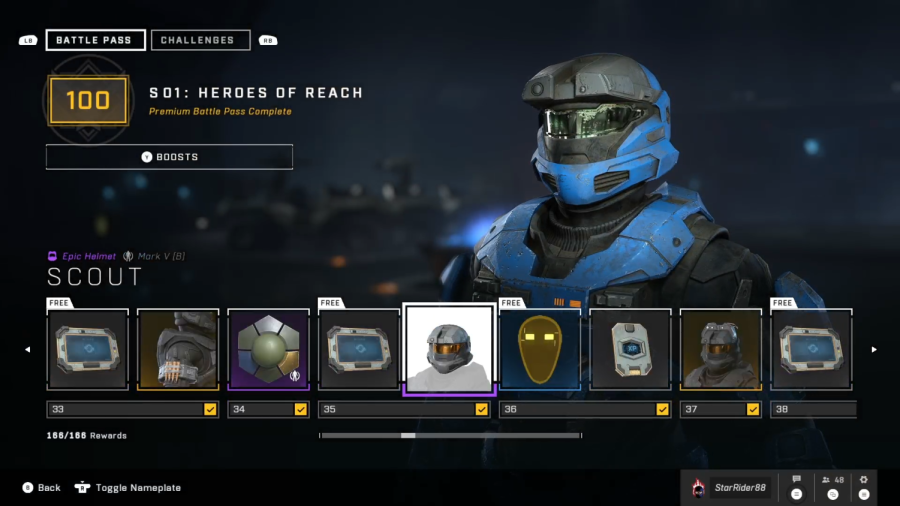The Current State of Gaming and Microtransactions: A Love-Hate Relationship
Gaming has never been bigger, flashier, or—let’s be real—more expensive. Between massive open-world RPGs, competitive shooters, and the never-ending live-service behemoths, there’s no shortage of ways to spend your time. Or, as publishers would prefer, your money. Enter microtransactions, the modern gaming equivalent of a convenience store—you can get what you want, but you’ll be paying a premium for the privilege.
The Good, the Bad, and the Ridiculously Overpriced
Look, microtransactions aren’t inherently evil. Some games use them in ways that are actually consumer-friendly. A great example? Free-to-play titles like Fortnite or League of Legends—games that let you jump in without spending a dime and only charge for cosmetic items. If you want your character to look like a space banana or a demon with flaming wings, that’s your call. No pay-to-win nonsense, just pure style points.


But then there’s the dark side. The part where microtransactions aren’t just about cosmetics but creep into gameplay—where you’re paying for power, progress, or even just the ability to enjoy the game at a reasonable pace. Think NBA 2K, where single-player modes feel like an endless grind unless you fork over real cash for “Virtual Currency.” Or Diablo Immortal, which took “spend-to-win” so seriously that maxing out a character could cost six figures. Yes, six.
Loot Boxes: The Digital Slot Machine No One Asked For
Once upon a time, microtransactions had a different face: loot boxes. A simple, innocent-looking mechanic where you pay real money for a chance at getting what you want. Sounds fun, right? Like a carnival game, but instead of winning a giant teddy bear, you get a slightly shinier version of a gun you already own.
The problem? Gambling. Or at least, something dangerously close to it. Loot boxes became so predatory that several countries outright banned them (RIP FIFA Ultimate Team in Belgium). Players were getting sucked into spending hundreds—sometimes thousands—just trying to get that one ultra-rare item. And the worst part? Publishers knew exactly what they were doing, designing systems that preyed on impulse and psychological triggers.
Battle Passes: The “Kinder” Microtransaction?
As loot boxes started getting bad press, publishers pivoted. Enter the battle pass, the new face of ongoing monetization. Unlike loot boxes, battle passes are at least straightforward—you pay a fixed amount, grind through a series of levels, and unlock rewards as you go.

Are they better? Absolutely. Are they still a way to keep you hooked? Oh, 100%. Battle passes are designed to keep you playing, logging in daily to complete objectives before the season ends. It’s basically FOMO weaponized: Don’t want to miss out on that exclusive skin? Better grind.
The Slippery Slope of “Pay-to-Enjoy”
If microtransactions stayed in their lane—cosmetics, optional extras—we wouldn’t be having this conversation. But too often, they’re embedded into the core design of a game. Developers balance their games around the assumption that players will pay to bypass the worst parts. This is how you get mobile games that hold your progress hostage behind energy timers (cough Genshin Impact’s Resin system cough) or console games that subtly nudge you towards spending extra just to avoid tedious grinding (looking at you, Assassin’s Creed).
It’s a delicate dance: make progression frustrating enough that players are tempted to pay, but not so frustrating that they quit entirely. Publishers call it “player engagement.” Gamers call it “bullsh*t.”
So, What’s Next?
With gaming evolving into an ever-growing industry, microtransactions aren’t going anywhere. But the way they’re implemented is changing. We’re seeing increased scrutiny, government regulations, and a general pushback from gamers who are tired of feeling like walking wallets. Some developers (bless you, CD Projekt Red) are sticking to traditional full-priced games with free DLC, proving that you don’t need nickel-and-diming to succeed.
At the same time, the rise of blockchain and NFTs in gaming threatens to introduce an even worse version of microtransactions. Imagine a world where digital swords have “ownership rights” and cost real money to trade. Yeah, let’s not.
Final Thoughts: Is There a Happy Medium?
Microtransactions aren’t inherently bad. They’ve kept some of the biggest games in the world free and have given players more customization than ever before. But when they cross the line into exploitative territory—when games start feeling designed around making you spend rather than having fun—that’s when they become a problem.
So, what’s the solution? Simple: transparency, fairness, and choice. Give players the option to buy extras, but don’t shove it down their throats. Don’t design games to be miserable without spending. And, for the love of all things holy, stop making us pay for content that should’ve been included in the base game (looking at you, $70 AAA titles with day-one microtransactions).
Until then, we’ll keep playing, keep complaining, and—if history is any indication—keep spending anyway. Because let’s be honest: sometimes, you just need that limited-edition skin.
Share this content:

Post Comment